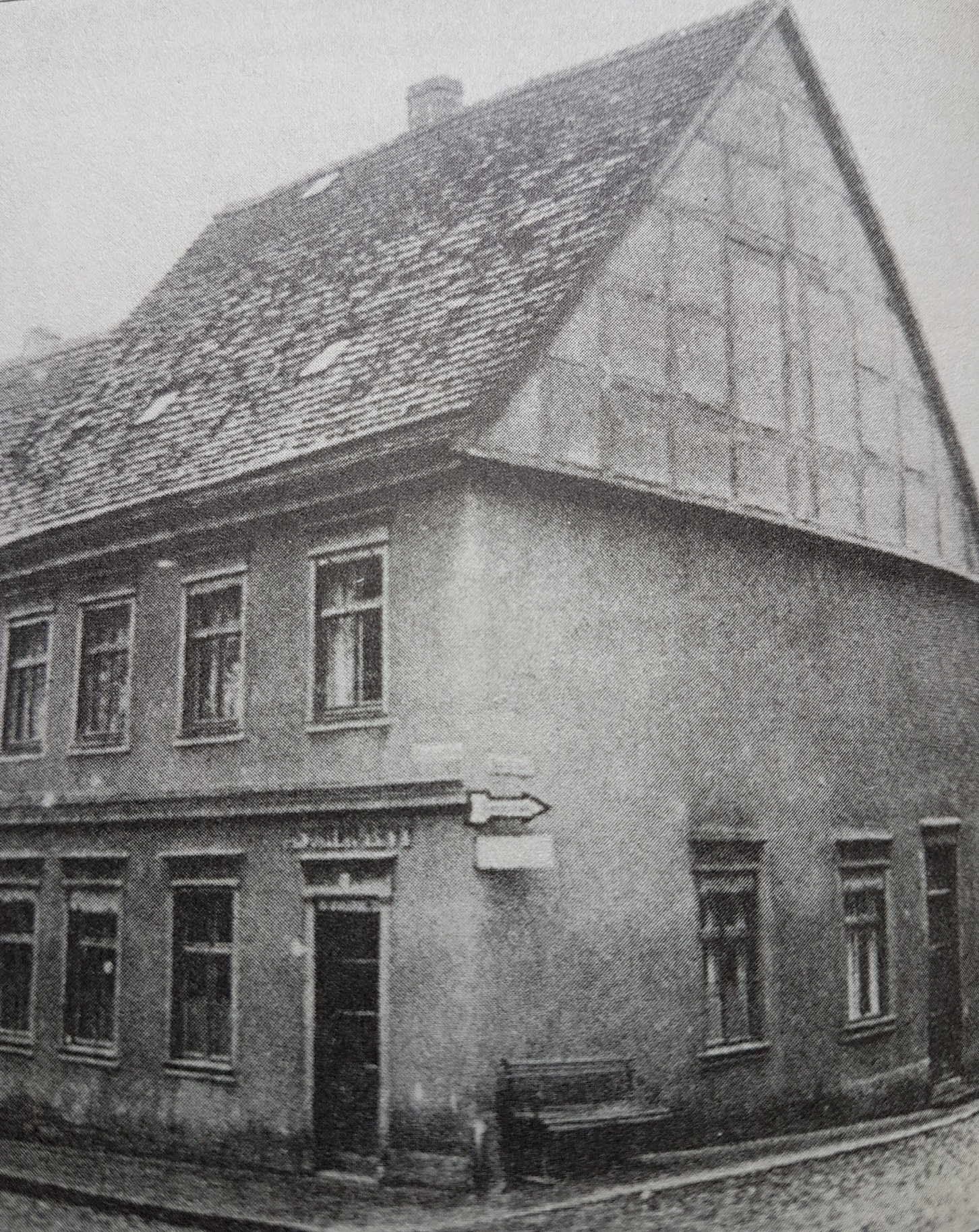|
Leo Levy
Leo Levy (born 19 September 1881 in Połczyn-Zdrój, died 10 November 1938 in Połczyn-Zdrój) was a German merchant from the Jewish Levy family, a doctor of chemistry, and a soldier in Wilhelm II's Imperial Army during World War I. He was a wealthy townsman who was murdered in his home by the ''Sturmabteilung'' during ''Kristallnacht''. Biography Origins The ancestors of Leo Levy settled in Greater Poland during the 18th century. They faced numerous restrictions, including prohibitions on purchasing land, employing Christians, and other significant limitations. They were also denied the status of ''Schutzjude, Schutzjuden'' (protected Jews under special patronage). On 14 June 1744, Ascher Ben Yechazkiel Halevi was born. In Greater Poland, he bore the surname Ben Yechazkiel Halevi but later adopted the name Berisch Ascher. In 1765, he married Feigel Gitel Bat Yehuda Mosche, a member of the Horowitz family. Berisch Ascher's family eventually emigrated to Western Pomerania (t ... [...More Info...] [...Related Items...] OR: [Wikipedia] [Google] [Baidu] |
Połczyn-Zdrój
Połczyn-Zdrój (; ) is a town in Świdwin County, West Pomeranian Voivodeship, Poland, with 8,372 inhabitants (2010). It is situated on the Wogra River in the historic region of Pomerania. History Połczyn-Zdrój dates back to an early medieval Pomeranian settlement. The territory became part of the emerging Polish state under Mieszko I around 967. Following the fragmentation of Poland, it formed part of the Duchy of Pomerania. Połczyn was a defensive stronghold located in the Białogard castellany. The town and its castle are mentioned in historical records from 1321 and 1331, respectively, which state that they belonged to a fief that the powerful noble Wedel family had obtained from the Pomeranian dukes. In the 15th century other families were in possession of the town. It had three mineral springs of enhanced iron content and with a temperature between , which were exploited in sanatoriums in order to cure rheumatism. In 1905 the town had a population of 5,046 which in ... [...More Info...] [...Related Items...] OR: [Wikipedia] [Google] [Baidu] |
